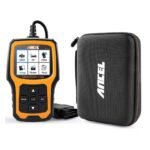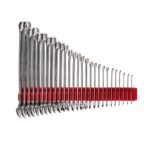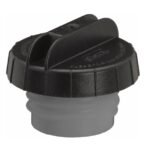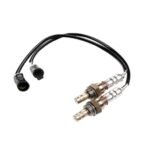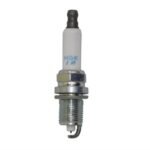Fix Your Engine Light: how to Really Fix It?
Has your check engine light come on? It can feel a bit scary. However, many drivers feel a bit afraid. Don’t worry! This guide will help you learn about and fix check engine light problems. First, you’ll see how to handle this common issue. Additionally, you’ll find helpful tools for the job.
This blog may contain affiliate links, we may earn commission without any cost to you.
What exactly your check engine light means?
Your check engine light tells you there’s a problem. In fact, this light means your car’s computer found an issue. It could be small. Conversely, it could be a big problem. Knowing the cause is the first step. Therefore, you need to find out what’s wrong.
One common reason is a loose gas cap. Clearly, this is an easy way to fix check engine light issues. Another common problem is a bad oxygen sensor. This sensor checks exhaust gases. Consequently, a broken one can make your car use more gas. And also, it can hurt your car’s emissions.
Tools to fix check Engine Light problems:
To find out why your check engine light is on, you’ll need a special tool. Specifically, this tool is an OBD-II scanner. It plugs into your car’s computer. Then, it reads error codes. These codes tell you exactly what is wrong. Luckily, you can find many cheap options.
OBD2 SCANNER:
A good scanner is a must-have. For example, the Ancel AD410 Classic Enhanced Universal OBD II Scanner is a good choice. It’s simple to use. Similarly, it gives correct readings.
WRENCH SET:
Sometimes, you’ll need basic tools. Indeed, a good wrench set can be handy. This is for changing parts like an oxygen sensor. Plus, it’s useful for other car repairs. Consider a strong set like the TEKTON WCB95203 Combination Wrench Set.
Easy ways to fix check Engine Light issues:
Once you have your scanner, read the code. Next, you can fix the problem. Here are some common ways to fix check engine light issues:
LOOSE GAS CAP: SIMPLE FIX
This is the easiest fix. Simply, tighten your gas cap. Make sure it clicks shut. Drive your car a few times. Then, the light should turn off. If it stays on, look for cracks in the cap. In that case, you might need a new one. A good new cap like the Stant 10834 Fuel Cap can solve this.
OXYGEN SENSOR: ANOTHER CAUSE
A bad oxygen sensor can make the light come on. This sensor checks exhaust gases. Ultimately, it helps your engine run well. Changing it can be a do-it-yourself job. But, if you’re not sure, get help from a mechanic. You can find new oxygen sensors for your car’s brand and model.
SPARK PLUGS & COILS: KEEPS ENGINE HEALTHY
Old spark plugs can turn on the light. Also, bad ignition coils can too. These parts are key for your engine to work. Moreover, changing them can make your car run better. Always check your car’s book for the right parts. Good spark plugs like NGK Laser Iridium Spark Plugs can help a lot.
What to do after you fix check engine light?
After you make a repair, clear the code. Your OBD-II Scanner can do this. Then, drive your car. The light should stay off. If it comes back on, scan again. Perhaps, you might have another issue. Alternatively, the first fix might not have been complete.
Keep your car running well:
Knowing about your car is important. Indeed, regular care stops many problems. For example, knowing when to service your car is key. We’ve talked about this in our other posts. Specifically, our Seasonal Car Maintenance Checklists can help you stay on track. Similarly, our post on Car Safety Tech Evolution shows how cars have gotten better. You might also find helpful ideas in Top Recommended Everyday car Accessories or making your drive better. And finally, if you’re planning a trip, look at our Summer Road Trip Essentials for a good journey.
Conclusion:
Don’t let a check engine light scare you. With the right tools and info, you can fix check engine light issues. Always put safety first. However, if you’re not sure about a repair, ask a mechanic. Acting fast can save you money. Plus, it can stop bigger problems later.

